

|
|
|


|
|
1/10 Scale Electric Rally/Touring Car:
HPI Sprint 2 Flux - Ford Mustang GT-R - # 102221 - Radio Controlled ModelHistory and Info for the HPI Sprint 2 Flux:
Introduced by HPI (Hobby Products International) in 2008, the Ford Mustang GT-R - # 102221 - based on the Sprint 2 chassis, came factory assembled with a pre-painted lexan polycarbonate Bodyshell, a Flux Warp 5700kv Brushless Motor, Flux Motiv ESC and TF-1 Radio System. A number of other bodyshell options were available (Check out our HPI Archive).
▼ Scroll Down for More Images ▼
|








|
|
|

★ HPI Racing Sprint 2 Flux ★
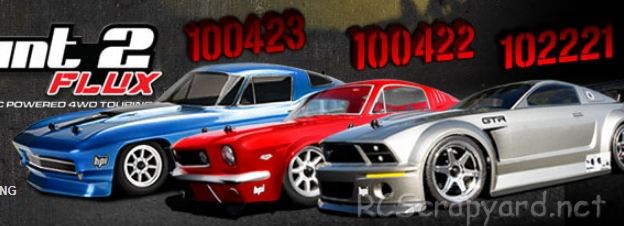
★ HPI Racing Sprint 2 Flux Chassis ★
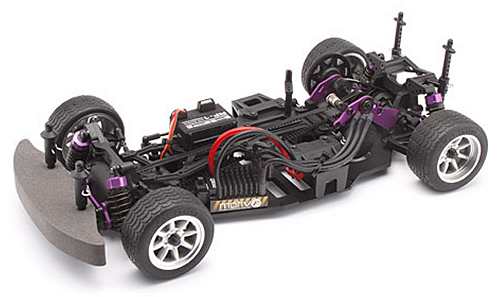
★ HPI Racing Sprint 2 Flux ★
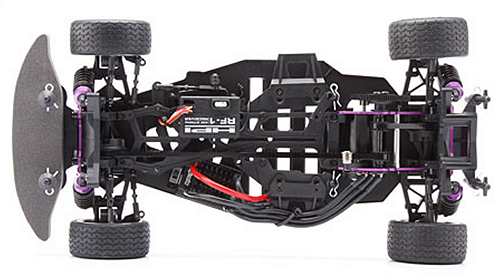
★ HPI Racing Sprint 2 Flux Chassis ★
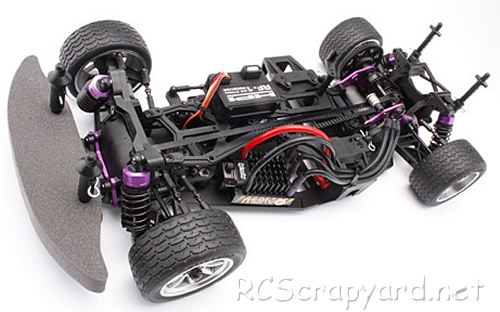
★ HPI Racing Sprint 2 Flux Chassis ★
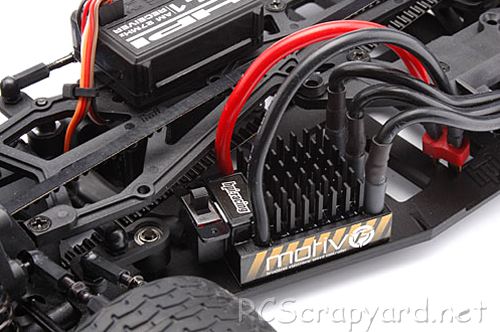
★ HPI Racing Sprint 2 Flux Chassis ★
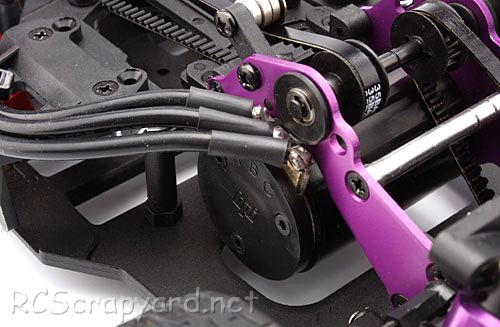
|
Buying a Used HPI Sprint 2 Flux
|
|
Manufacturers and Brands Catalogued, Listed and Reviewed by RC-Scrapyard.
At present, the RC Model Manufacturers, Brands and Distributors covered by us are: ABC Hobby, Academy, Acme Racing, Agama Racing, Amewi, Ansmann Racing, ARRMA, Team Associated, Atomic RC, Axial, AYK, Bolink, BSD Racing, Capricorn, Carisma, Carson, Caster Racing, Cen, Corally, Custom Works, Durango, Duratrax, ECX - Electrix, Exceed RC, FG Modellsport, FS-Racing, FTX, Fujimi, Gmade, GS-Racing, Harm, HBX, Helion, Heng Long, Himoto Racing, Hirobo, Hitari, Hobao, Hong-Nor, Hot Bodies, HPI, HSP, Intech, Integy, Jamara, JQ Products, Kawada, Kyosho, Losi, LRP, Maisto, Mardave, Marui, Maverick, MCD Racing, Megatech, Mugen, New Bright, Nichimo, Nikko, Nkok, Ofna, Pro-Pulse, Protech, PTI, RC4WD, Redcat Racing, RJ-Speed, Robitronic, Schumacher, Seben, Serpent, Smartech, Sportwerks, Step-Up, Tamiya, Team-C Racing, Team Magic, Thunder Tiger, Tomy, Top Racing, Traxxas, Trinity, Tyco, Vaterra RC, Venom, VRX Racing, WLToys, X-Factory, Xmods, Xpress, Xray, XTM, Yankee RC, Yokomo, ZD Racing and Zipzaps. |
|
Hints, Tips and Information
How to put on Decals
After spending lots of time and effort to paint your bodyshell, you come to the point where you make it look good by putting on all those flashy decals, but before you rush in with the scissors and start cutting, there are a few things you should do first. |
|
Hints, Tips and Information
Slipper Clutch and Hydra-Drive
More often installed on Off-Road RC Models, the Slipper Clutch has been around since the late 1990s. Basically the idea is to prevent wheel spin and increase traction under acceleration, to improve the cars stability from a standing start, when landing from jumps or on corner exits. It also protects the spur gear and drivetrain, to some degree, when using a high torque motor. |
|
RC Models:
|
Radio & Motors: |
Other
Accessories: |